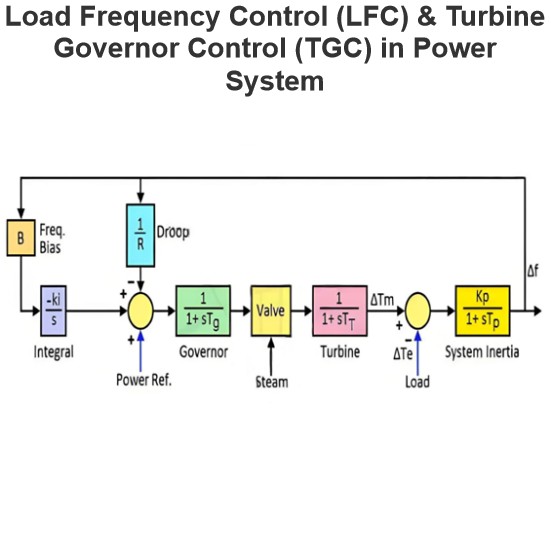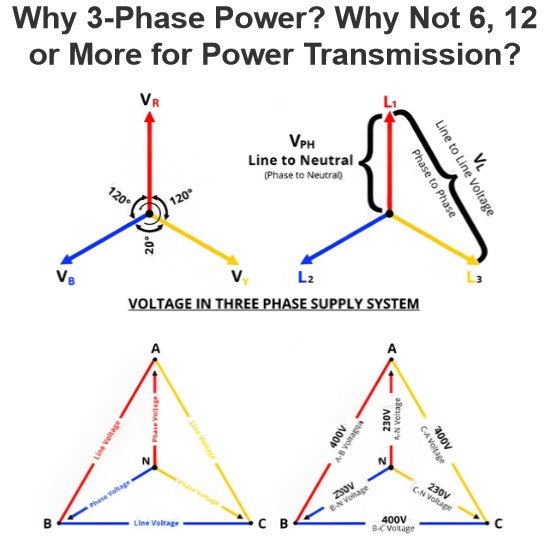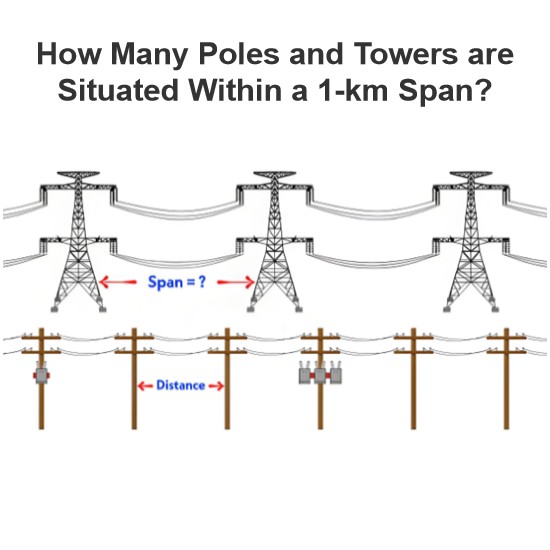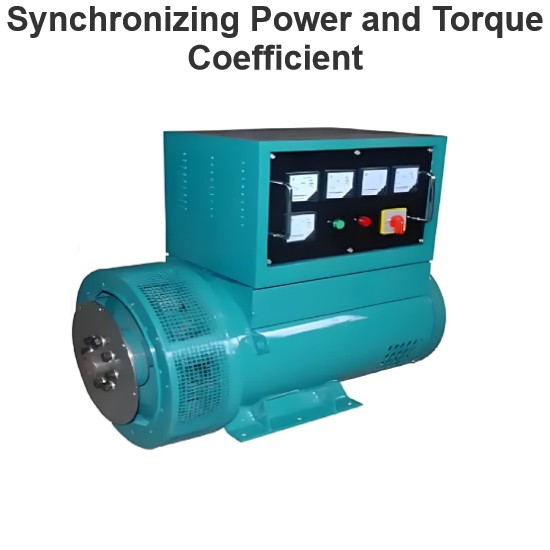Electric Traction Drives
Definition
A drive that utilizes electrical power to propel forward is known as an electric traction drive. One of the primary applications of an electric drive is the transportation of people and goods from one location to another. Traction drives are predominantly categorized into two types: the single - phase AC traction drive and the DC traction drive.
Electric Traction Services
Electric traction services can be broadly categorized as follows:
Electric trains
Main - Line Trains
Suburban Trains
Electric buses, trams, and trolleys
Battery and solar - powered vehicles
The following is a detailed explanation of these electric traction services.
Electric Trains
Electric trains, which run on fixed rails, are further subdivided into main - line trains and suburban trains.
Main - Line Trains
In these trains, power is supplied to the motor in one of two ways: either from an overhead line in an electric locomotive or via a diesel generator set in a diesel locomotive.
In an electric locomotive, the driving motor is housed within the locomotive itself. An overhead transmission line is installed alongside or above the railway track. A current collector, equipped with a conductor strip, is mounted on the locomotive. This conductor strip slides along the supply conductor, thereby maintaining electrical contact between the power supply and the locomotive. The supply conductor is commonly referred to as the contact wire. To ensure a reliable connection between the current collector and the supply wire, catenary cables and dropper wires are employed.

In high - speed trains, a pantograph collector is utilized. Shaped like a pentagon, this unique design gives it its name. The collector features a conducting strip that is pressed firmly against the contact wire by means of springs. Typically fabricated from steel, this conducting strip plays a crucial role in maintaining a consistent pressure between itself and the contact wire. This constant pressure is essential for preventing vertical oscillations, ensuring a stable and reliable electrical connection as the high - speed train travels at rapid speeds. This stable connection is vital for uninterrupted power supply to the train's electrical systems, enabling smooth and efficient operation.

A single - phase power supply is installed along the entire railway track. The electric current enters the locomotive via the collector. It then passes through the primary coil of a step - down transformer and returns to the power supply's ground through the locomotive wheels. The secondary coil of the power transformer supplies power to the power modulator, which in turn drives the traction motor. Additionally, the secondary output of the transformer powers auxiliary devices such as cooling fans and air - conditioning systems.
Suburban Trains
Suburban trains, also commonly referred to as local trains, are designed for short - distance travel. These trains make frequent stops at relatively close intervals. To enhance acceleration and deceleration performance, suburban trains incorporate motorized coaches. This configuration increases the proportion of the train's weight borne by the driving wheels relative to the total train weight.
Each motorized coach is equipped with an electric drive system and a pantograph collector. Typically, motorized and non - motorized coaches are used in a ratio of 1:2. For high - power suburban trains, this ratio may be increased to 1:1. Trains composed of motorized and trailer coaches are known as Electrical Multiple Unit (EMU) trains. The power supply mechanism for suburban trains is similar to that of main - line trains, with one notable exception: underground suburban trains.
Underground trains utilize a direct - current (DC) power supply system. This choice is primarily due to the fact that DC supply systems require less clearance between the power conductor and the train body. Moreover, DC systems simplify the design of the power modulator, reducing both its complexity and cost. Unlike above - ground trains, underground trains do not employ overhead transmission lines. Instead, power is supplied either through the running rails or from conductors installed on one side of the tunnel.
Electric Buses, Trams and Trolleys
These types of electric vehicles typically feature a single - motor - driven coach design. They draw power from low - voltage DC overhead lines installed alongside the road. Given the relatively low current requirements, the current collection mechanism often consists of a rod with a grooved wheel at its end, or two rods connected by a contact bow. The collector system is engineered to be highly flexible, and it includes an additional conductor to facilitate the return of the electrical current, ensuring a stable and continuous power supply for the vehicle's operation.

Trams are a type of electric - powered vehicle that runs on rails and typically consists of a single - motor coach. In some cases, two or more unpowered trailer coaches are attached to increase passenger capacity. Their current collection system is comparable to that of electric buses. Notably, the return path for the electrical current can be established through one of the rails. As trams operate on fixed rails, their routes along the road are predetermined, providing a reliable and consistent transportation service.
Electric trolleys are primarily employed for the transportation of materials within mines and factories. These vehicles predominantly run on rails and share many similarities with trams, with the main difference lying in their physical shape.
Important Features of Electric Traction Drives
The key characteristics of electric traction drives are elaborated below
High Torque Requirement: Traction drives need to generate substantial torque during the starting and acceleration phases to propel the heavy mass of the vehicle. This high - torque demand ensures that the train or other traction vehicle can overcome inertia and achieve the desired speed efficiently.
Single - Phase AC Supply in AC Traction: For economic considerations, a single - phase power supply is commonly utilized in alternating - current (AC) traction systems. This choice helps in reducing costs related to infrastructure, power generation, and distribution, making the overall operation more financially viable.
Voltage Fluctuations: The power supply in electric traction systems experiences significant voltage fluctuations. These fluctuations are particularly pronounced when the locomotive moves from one supply section to another, often resulting in momentary discontinuities. Such voltage variations can pose challenges to the stable operation of the traction equipment and require careful design and control strategies to mitigate their effects.
Harmonic Interference: Both AC and DC traction systems inject harmonics into the power source. These harmonics can interfere with nearby telephone lines and signal systems, potentially causing disruptions to communication and signaling infrastructure. Adequate filtering and mitigation measures are essential to minimize this interference and ensure the proper functioning of these critical services.
Braking Systems: Traction drives mainly rely on dynamic braking, which converts the kinetic energy of the moving vehicle into electrical energy, either dissipating it as heat or feeding it back into the power grid. Additionally, mechanical brakes are used when the vehicle is stationary to provide reliable stopping and holding capabilities, ensuring safety in all operating conditions.
Duty Cycle of Electric Traction Drives
The duty cycle of an electric traction drive can be effectively understood through the analysis of speed - time curves and power - torque - time diagrams. Consider a traction drive operating between two consecutive stations on a level track. At the start, the train accelerates using the maximum achievable torque. During this acceleration phase, the power consumption of the drive increases linearly with the rising speed, reflecting the energy required to overcome inertia and propel the vehicle forward.
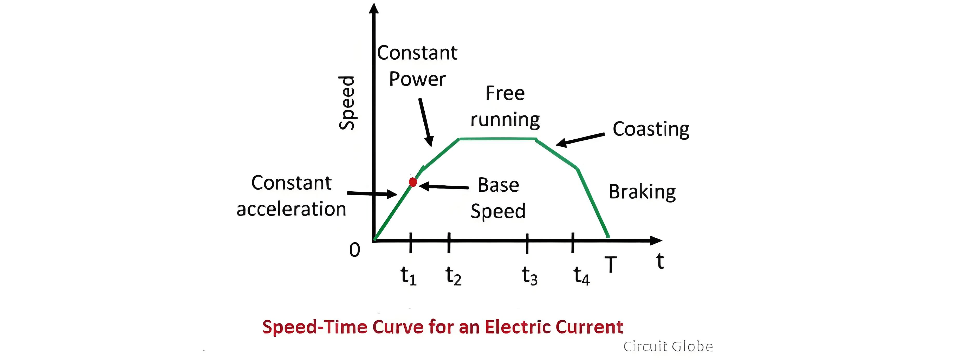
At time t1, the traction drive reaches its base speed, and simultaneously, the maximum allowable power is attained. Following this, further acceleration proceeds under a constant - power condition. As the speed continues to increase during this phase, both the torque and the acceleration gradually decrease.
By time t2, the drive torque becomes equal to the load torque, at which point a steady speed is achieved. The acceleration process from 0 to t2 can be divided into two distinct stages. From 0 to t1, the acceleration is characterized by a constant torque, where the drive applies a consistent rotational force to rapidly build up speed. Then, from t1 to t2, the acceleration occurs under a constant - power regime. Here, as the speed rises, the drive sacrifices torque to maintain the fixed power output, resulting in a diminishing acceleration rate until the equilibrium with the load torque is established at t2.

Between time t2 and t3, the train maintains a constant speed while operating at a steady drive power. This period is referred to as the free - running phase. During this stage, the train glides smoothly along the track, with the driving force precisely balancing the resistive forces, ensuring a consistent and efficient motion.
When the appropriate moment arrives at time t4, the braking system is engaged. This action initiates a controlled deceleration process, gradually reducing the train's speed until it eventually comes to a halt at the next station, ready to serve the next batch of passengers or transport its cargo to the intended destination.
The Electricity Encyclopedia is dedicated to accelerating the dissemination and application of electricity knowledge and adding impetus to the development and innovation of the electricity industry.

